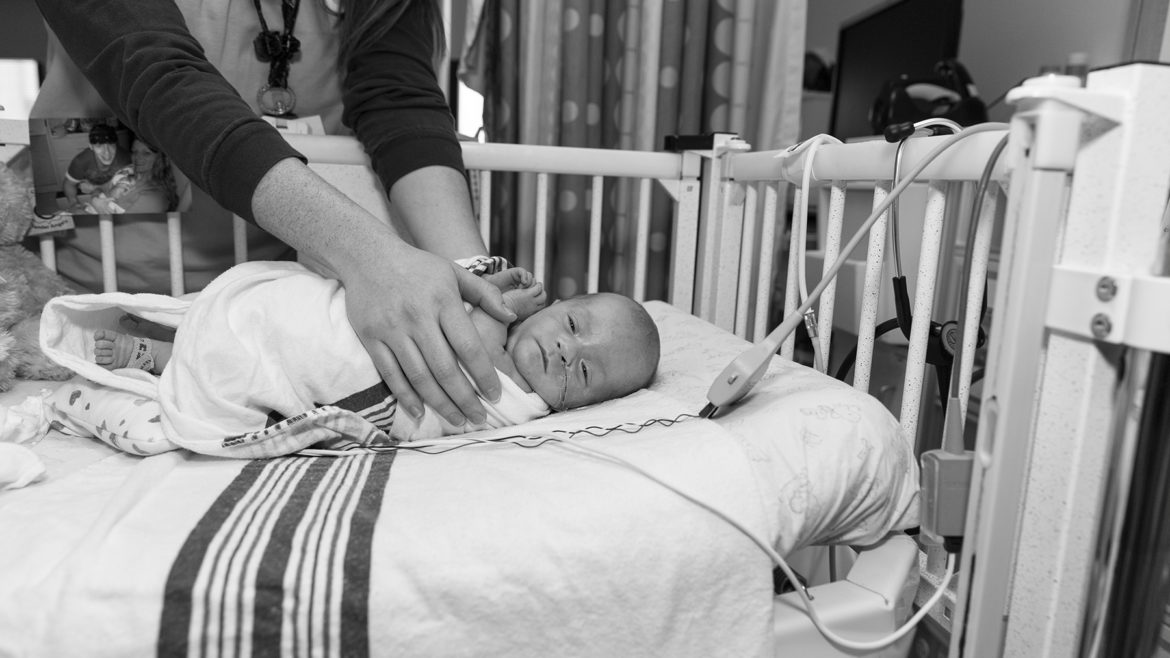Does Coinfection Lead to Longer Ventilation Times?
Does Coinfection Lead to Longer Ventilation Times? https://pediatricsnationwide.org/wp-content/uploads/2024/07/GettyImages_531715039-1024x683.jpg 1024 683 Pam Georgiana https://pediatricsnationwide.org/wp-content/uploads/2023/07/May-2023.jpgNew multicenter study evaluates treatments and diagnoses of respiratory infections in young patients. Lower respiratory tract infection, or bronchiolitis, is one of the most common reasons for intensive care unit (ICU) admissions and mechanical ventilation in children younger than two years old. Despite this, little current research exists regarding the most effective treatment when…






